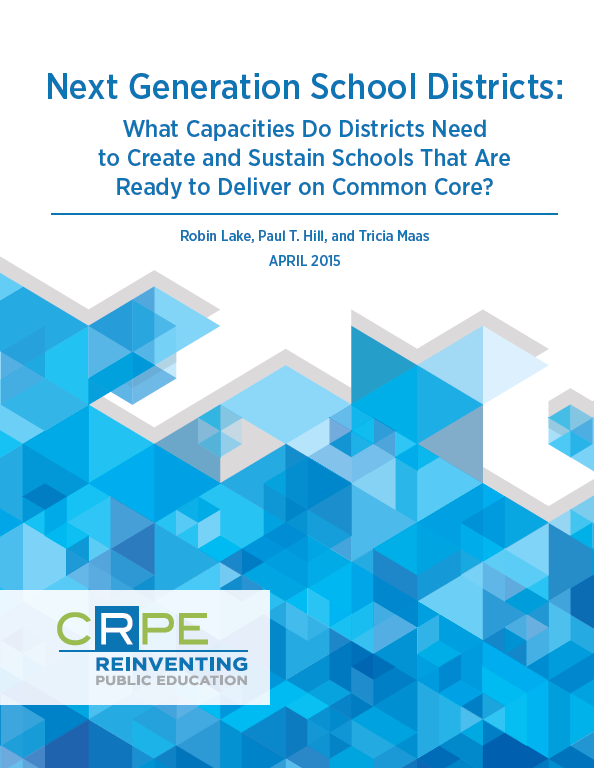Every sector of the U.S. economy is working on ways to deliver services in a more customized manner. If all goes well, education is headed in the same direction. Personalized learning and globally benchmarked academic standards (a.k.a. Common Core) are the focus of most major school districts and charter school networks. Educators and parents know students must be better prepared to think deeply about complex problems and to have skills that are relevant for jobs that haven’t yet been created. Promising school models are showing what’s possible, but innovation in the classroom only takes you so far. Twenty-first century learning practices demand twenty-first century systems.
This paper goes deep into the question of which system policies are most likely to get in the way of implementing personalized learning at scale. We work outward from the school to define the new capacities and functions districts need to develop. We make the case that districts are currently unwittingly hostile to school-level innovation. For that to change, they must aggressively work to change the incentives, policies, and structures so that they encourage and free up schools to innovate.
This is the first of three white papers looking at system redesign from a variety of perspectives. Our next paper, The Case for Coherent High Schools, examines the challenges of high school redesign. Our third and final paper, Redesigning the District Operating System, explains why we must update central office systems to allow school-level initiative and problem solving.






